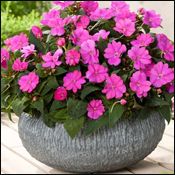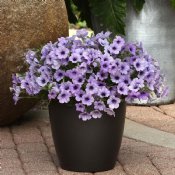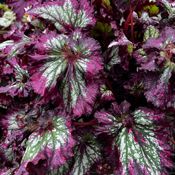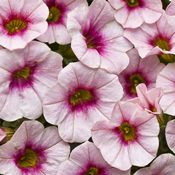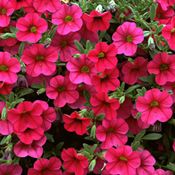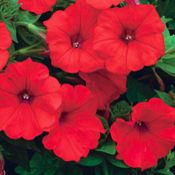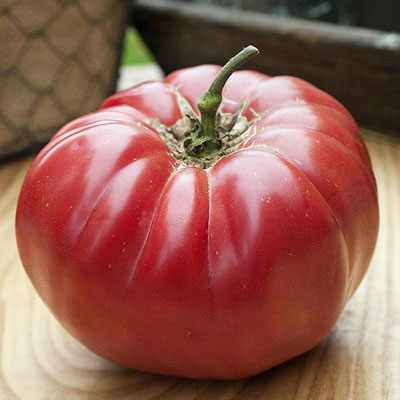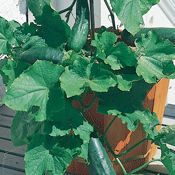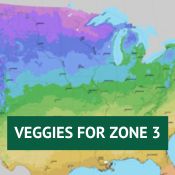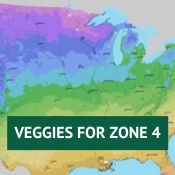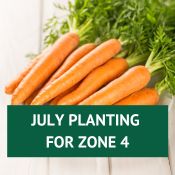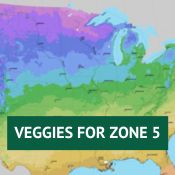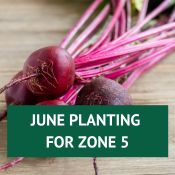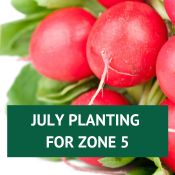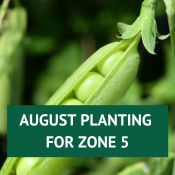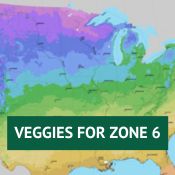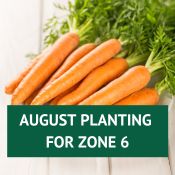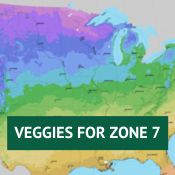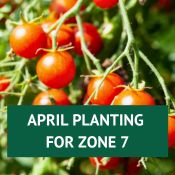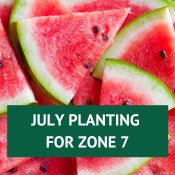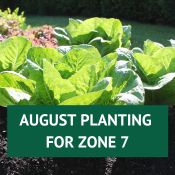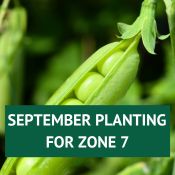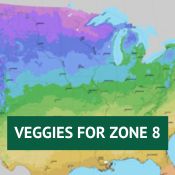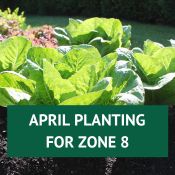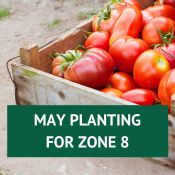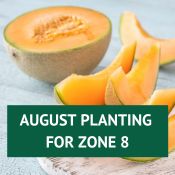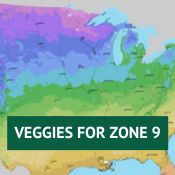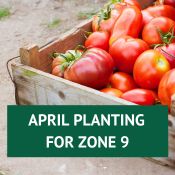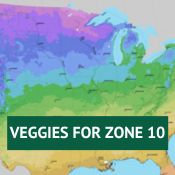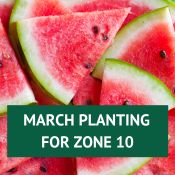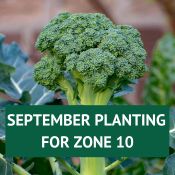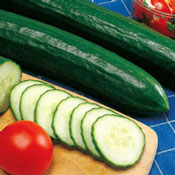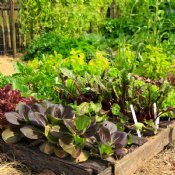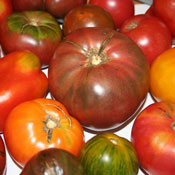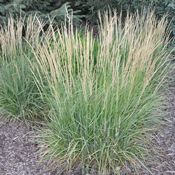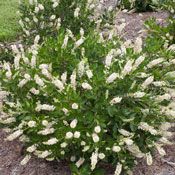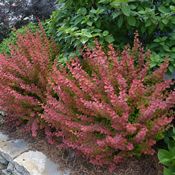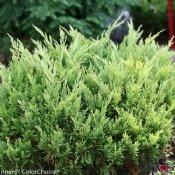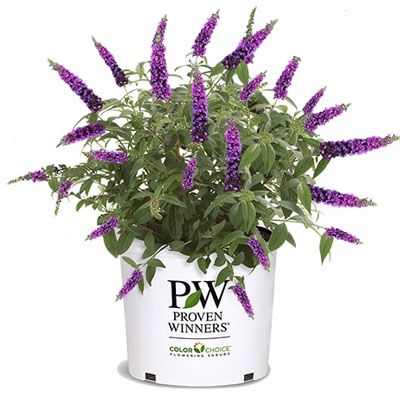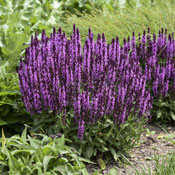
Home gardening is more than just a fulfilling hobby; it can also be a fruitful source of income. For those with a bounty of surplus vegetables, selling your produce not only generates extra income but also plays a part in reducing food waste. Let’s explore how you can transform your green thumb into green cash.
Planting for Profit:
- Know your market: Before sowing a seed, research what vegetables your local community craves. Tomatoes, cucumbers, peppers, lettuce, and beans are always crowd-pleasers. Remember, high demand equals high profit!
- Soil Secrets: Healthy soil equals healthy, profitable produce. Enrich your soil with compost and organic matter. Consider planting cover crops in the off-season to further enrich and add nutrients to your soil for next season. We also recommend you regularly check the pH. Healthy soil equals happier customers, which means you’ll be happier as well.
Designing an Efficient Garden:
- Raised bed bonanza: Maximize space and minimize strain with raised beds. They offer improved drainage, better weed control, and easier access to your precious veggies.
- Pathway planning: Design accessible paths to effortlessly navigate your garden and transport your harvest. Gravel, pavers, or mulch are durable and weather-resistant choices.
- Watering wisdom: Implement efficient irrigation systems like drip lines to conserve water and time. Deep, infrequent watering encourages strong root systems, leading to bountiful yields.
- Mulch magic: Organic mulching suppresses weeds, retains moisture, and regulates soil temperature, saving you precious time and effort.
Conquering Pests and Diseases:
- Organic first: Prioritize natural pest and disease control. Attract beneficial insects, use row covers, and practice good garden hygiene to keep your plants healthy without harsh chemicals. You can then market your produce as “chemical-free”, a definite path to more income.
- Crop rotation and diversity: Rotate the location of your crops each season to disrupt pest and disease cycles. We recommend making your own garden map each year, annotating which crops are grown where. Then…rotate, not planting the same veggies in the same place as last year. Planting a variety of crops also keeps things interesting, for you and for your potential customer. This will also reduce the risk of fungal or bacterial outbreaks.
- Monitoring and early intervention: Regularly inspect your plants for signs of trouble. Early detection is key to effective organic pest and disease control.
Extending Your Season:
- Tunnel vision: Utilize low tunnels or cold frames to protect your crops from early frosts and extend your growing season. This means more veggies to sell for longer!
- Location, location, location: Place your tunnels and frames where they receive maximum sunlight. South-facing in the Northern Hemisphere is ideal.
- Temperature and ventilation: Monitor the temperature inside your structures to prevent overheating and ensure proper ventilation to avoid fungal diseases.
Record Keeping: Your Garden's Guidebook:
- Document everything: Track planting dates, pest issues, and harvest data. This invaluable information will help you refine your techniques and increase profits each year.
- Weather watch: Keep a log of key weather conditions to understand how they affect your plants. This knowledge is priceless for future garden planning.
- Financial tracking (for market gardeners): Record expenses and income to evaluate the profitability of different crops and to optimize your profits.
Marketing Your Masterpieces:
- Farmers' markets: Showcase your produce at local markets. Create an inviting booth, offer samples, and engage with customers to build lasting relationships.
- Community-Supported Agriculture (CSA) Programs: Establish a CSA where customers pay upfront for a share of your seasonal bounty. Regular communication and convenient pickup options are key.
- Social media savvy: Utilize platforms like Instagram and Facebook, to share captivating photos of your farm, harvest process, and delicious offerings.
- Focus on presentation: Ensure your produce is clean, fresh, and attractively packaged or displayed. You may also want to provide paper bags for customers, as opposed to plastic. You can also offer a discount for those customers that bring their own bag. Advertise these aspects of your business on your booth, on Instagram and Facebook. A little branding goes a long way!
- Fair pricing: Research local prices and set competitive rates that reflect the quality of your veggies. Volume discounts for bulk purchases can be a sweet deal for both you and your customers.
- Diversify your sales channels: Explore opportunities with restaurants, schools, or grocery stores.
- Expand your customer base: Attend community events and pop-up sales to reach new customer segments.
In Conclusion:
Your garden can be more than just a hobby and food source for your family; it can be a thriving business. You should always research and comply with local regulations regarding food safety and business permits.
By applying the tips above, you can transform your surplus veggies into green cash, contribute to your community, and experience the joy of sharing your bountiful harvest. Remember, every tomato sold is a victory for local food systems and a delicious step towards a greener future!
Go forth green thumb warriors and turn your gardens into gold mines!
Here are some additional resources that you might find helpful:
USDA Local Farm Market Directory: https://www.usdalocalfoodportal.com/#directories
LocalHarvest Farm Market Directory https://www.localharvest.org
Farmers Online Farm Market Directory https://www.farmersmarketonline.com/directory-of-markets

